Whether you are looking to become a professional welder or just want to have fun with a new hobby, you need to know how to weld steel. This guide will go over the basics of steel welding and tips on corten steel welding and how to weld corten steel correctly.
Welding Steel is Most Often Done Using:
The most common forms of welding are stick welding, TIG welding, and MIG welding. Stick welding, or arc welding, uses a shielded metal arc. MIG welding, or wire welding, is one of thee easiest and most common types, and the first form learned by most welders. TIG welding is extremely precise, and uses tungsten.
stick welding Stainless Steel Tips
Stick welding is one of the oldest and simplest processes. It is the perfect welder for beginners because it doesn’t need tons of knowledge and specialized gear. This is the most popular form of arc welding, using an electrode to form the weld.
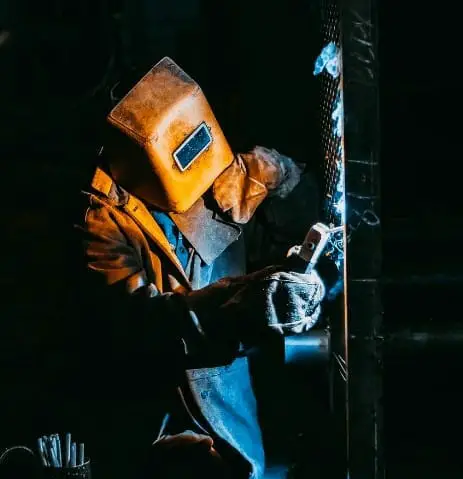
The equipment is easy to use and inexpensive and it doesn’t require external shielding gas. When it comes to stick welding stainless steel tips it's practical to know that you can perform this weld in the wind and rain without worrying about fires. You can change your electrode to the type of metal and it works well of rusty and painted surfaces.
Unfortunately, there are also quite a few downsides to this process. Electrodes wear out quickly and need replacing, you can’t use it on reactive metals, and it leaves some slag that will have to be chipped off after you finish.
It’s also difficult to work with this on thinner material and much slower than other welding forms.
For this process, you need to make sure that you set your current properly. Match your current to your chosen electrode; negative currents work well on thinner metal sand positive ones will offer better penetration.
Your arc length is absolutely crucial for stick welding. Your arc should never be larger than your electrode diameter. If you want to weld in a flat, overhead, or horizontal position, you need to use a backhand technique with your electrode perpendicular to your joint. Tilt the tip 5 to 15 degrees towards travel direction. Vertical welding needs a push technique and an electrode that tilts away from travel by the same angle.
TIG Welding Steel
TIG welding uses tungsten inert gas to produce gorgeous welds. This is one of the most accurate forms of welding steel that you can use. It is also known as Gas Tungsten arc welding (GTAW), and has been around since the 40s.
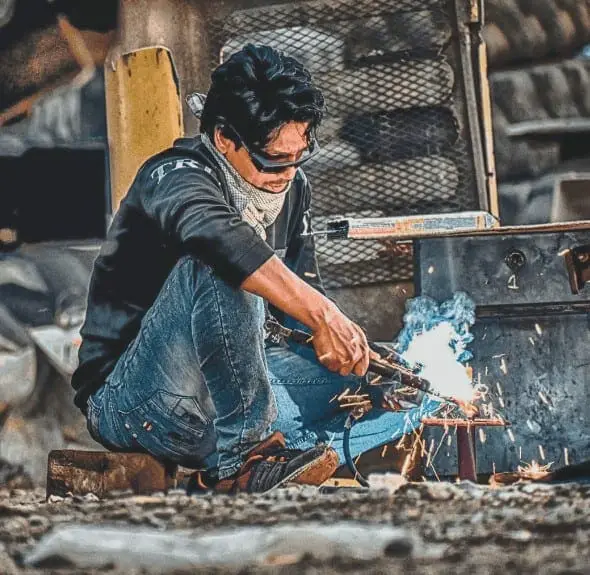
Tungsten is a very hard, brittle metal. TIG welding fashions a non-consumable electrode from this metal to create the arc needed for welding. Be careful, though, because although this is an extremely hard metal, it’s also very brittle so you can easily break your TIG welder.
This process welds even the thinnest metals together. Try using it to make art with your coke cans! This fuses different sizes together well because it doesn’t heat up huge spaces of the piece; the heat is condensed to a small area.
This steel welding uses a solid tungsten electrode torch with argon shielding gas. Dip your filler rod in the weld puddle. These steel welders use a foot pedal to control how hot the torch gets. Be careful because the torch can become too hot to handle very quickly.
This is not a process for beginners because it takes a lot of skill and mastery to get right. Stick with MIG steel welds until you are ready to advance. Because of the skill required, it is also a much slower method than MIG welding.
Once mastered, it is extremely affordable and highly efficient thanks to the ability to use it on virtually any material available.
MIG Welding Steel
MIG welding, or gas metal arc welding (GMAW), uses wires. It is commonly used for fabrication and in body shops and manufacturing. It’s not as easy to move as stick welding is not as precise as TIG welding, but it’s more beginner friendly.
This welding should not be performed in windy or dry conditions, so make sure that you look into your welding codes.
It is difficult to change steel types with MIG welding because you need to change the wire and the gas, but it’s also a quick method with no slag, so it evens out in the end.
This is a beginner friendly form of welding because it only requires one hand for tack welding, so your other hand is free to position and adjust the joints and parts you’re working on welding together.
Steel Types
Along with different methods, different types of steel are also frequently used in the different welding processes. If you’re not sure what steel to use for your MIG welding versus your TIG welding, then this guide will tell you a little about steel types.
Mild Steel
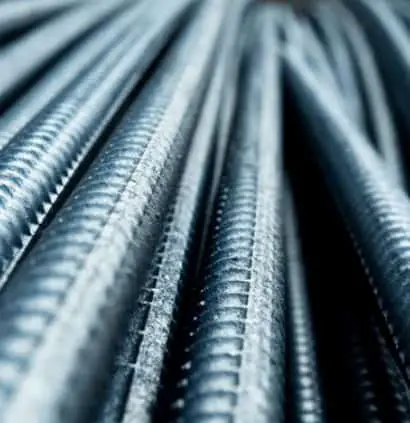
Mild steel has low carbon content and it is extremely affordable for welding. It is flexible, versatile, and easy to weld. When used with TIG welding, the result is extremely precise and clean.
The recommended welding rods for mild steel are E760XX and E70XX lines because they need a sharper point that will concentrate the heat in the seam. The diameter of your electrode should be half the thickness of the part you want to weld, and your arc angle shouldn’t exceed the diameter.
Set your machine for DC current when working with mild steel, and use a negatively charged electrode with straight polarity
Engineering Steels
Engineering steels are commonly used in MIG welding. They are usually very high strength materials that are frequently used in fork tricks and for engineering component parts. They are extremely difficult materials to weld.
If you need to weld with engineering steels, then use mild steel fillers. Just be prepared for hydrogen cracking and weaker welds. Preheat the parent and weld 2 layers onto both surfaces. Let it cool very slowly and pack it with an insulator. Once the surfaces cool, weld them together with an E312. Stop welding after every layer and let it cool back to room temperature so you don’t end up with a brittle weld.
EN8 is the friendlier engineering steel. It’s 40 carbon steel, so it has extremely high carbon contents. Make sure to preheat this steel before use to avoid cracking.
How To Weld Corten Steel
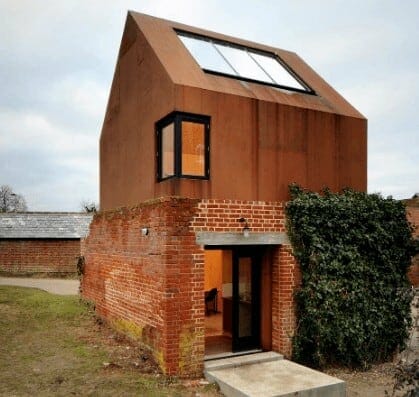
CorTen steel, also known as weathering steel, is used frequently when durability is a priority. Corten steel welding is resistant to corrosion so it has a very long life style. It is frequently used in bridges, shipping containers, and tanks. CorTen is a registered trademark of US Steel.
This steel uses the weather to form a protective outer layer, allowing it to resist atmospheric corrosion and degradation. There are 2 types of CorTen, ASTM A242 and ASTM A588.
They each have yield strength of 50 kilo pounds per square inch and a tensile strength of 70 ksi. ASTM A588 is a bit more heavy duty than A242.
This steel is most commonly used in outdoor sculpting because of its aesthetically unique appearance. It is also the most commonly used steel in aquatic transportation. It is also a cheaper alternative to stainless steel in the railway industry.
Learning how to weld corten steel is more difficult then most people think. sThe downside of this steel form is that it will be nearly impossible to ensure that welded points degenerate at the same rate.
It is also not rustproof despite its weather resistant properties, so having drainage is critical. This is also not a great option for humid climates.
Weldox
Weldox, now commonly known as Strenx, is a hot-rolled sheet steel. It is extremely strong and low in alloys. It is cold formed and best used in engineering and automobiles. It has an extremely high purity and is able to evenly distribute stress.
It has excellent weldability and formability, so it can be used for a variety of processes. It can be welded, cut, and bent the same way as any normal, naturally occurring steel.
Weldox has some very specific hear recommendations. Following these will give you fantastic mechanical properties and amazing results. The efficiency and recommended heating will depend on your method of welding. When comparing thermal efficiency t, MMA and MAG works at .8, SAW is 1, and TIG is .6.
Welding at higher temperatures will also change the recommended heat inputs. In general, the input should level out at 2 to 3.5 depending on which Weldox plates you are using and how thick they are.
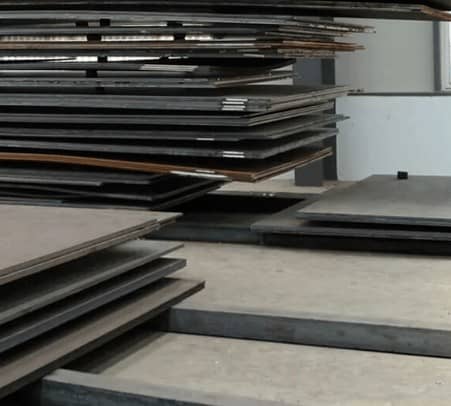
Low alloy, unalloyed, and stainless steel consumables are the best options for welding with Weldox. Using lower strength consumables yields a higher metal toughness and resistance to cracking. Mixing this with tack welding can increase the toughness as well.
The shielding gas you choose depends on your situation, but Argon is the most commonly used gas. Inert Argon gas helps the arc strike, reduces splashing, and lowers oxides.
TIG welding should use pure Argon. Other methods, especially MAG, can mix Argon with CO2 to help stabilize their arc and increase penetration, but it may also create splatter and clog the nozzle.
To avoid hydrogen cracking in your welded joints, you should never start or stop your trail in a corner; keep 5 to 10 centimeters away from a corner. The weld joint gap should never be more than 3mm.
The good news is that you can weld directly on a Weldox primer. It will increase the porosity but decrease your workload.
Cast and Manganese Steels
Manganese steel is nonmagnetic and extremely tough, with a high tensile strength, great ductability percentage, and resistance to wear and tear. It is frequently used for steel mill coupling, power shovels, and dippers.
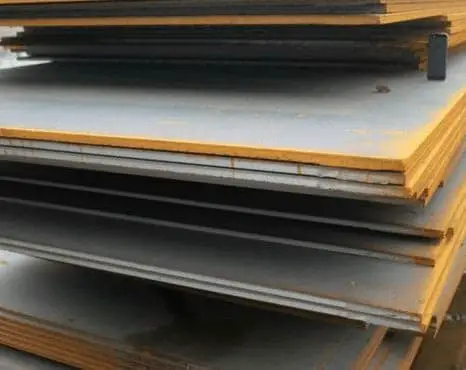
It requires a special heat treatment, so welders need to be careful when using this steel. When preparing manganese steel for welding, it is important to keep the base metal as cool as possible. Remove cracks before re-welding.
Use extreme caution when welding with this material because it also produces an extremely toxic fume.
Only weld manganese with proper ventilation and a protective mast that prevents you from breathing in the fumes.
A lot of castings are made with steel instead of iron these days. These are similar to low carbon rolled steels and extremely easy to weld. Heating and bending should happen before welding or beveling if that work needs to be done.
Welding cast steel requires several passes, similar to handling heavy steel plates. Use the flames to bring sand and slag to the surface of your puddle as imperfections appear then work them to the edge with your rod. Direct more heat towards heavier sections of breaks.
Most cast steel welding will be to build up or fill in issues with the mold. To build up, keep the molten metal slushy and avoid complete fluidity. Let your puddle do the filling. If you’re filling a hole, shape the sides so you have a sharp bottom edge then add metal in circles to close the hole. Layer until you have filled.
Hardox
Hardox is a wear plate that was manufactured to be more durable than standard mild steels. The most common hardness of this steel is 400 and 500. It’s low in alloys so it won’t crack very frequently You can use 7018 electrodes or standard MIG wire to weld this, but it will need to be preheated for thick jobs.
The weld will also be softer than the plate, so you may need to cap your job with a hard facing electrode. You can use a single pass with a harder consumable to match the hardness.
A Word on Metallurgy for Welding Steel
Low carbon steels generally don’t get as hard as higher carbon steels. You should be able to super heat this metal then cool it in ice water and be left with a soft, malleable metal.
The harder steels have higher carbon counts, so t will be hard to work with them in the same way. A lot of Chinese metal companies don’t keep their carbon counts low, either. For this reason, avoid speed cooling your steels.
FAQs
1. Is Corten steel easy to weld?
These are marketed as CORTEN-A and CORTEN-B. These steels are alloyed with copper, nickel, and chromium. Weathering steel welding is a relatively simple process. It welds similarly to some other low-carbon steels that are frequently used, such as ASTM A36 and ASTM A572.
2. Can I MIG weld Corten steel?
You certainly can. When MIG welding Corten, it is critical to carefully choose the filler metal to achieve the best color match. We recommend using an E7018 or SG2 MIG wire for plates 0.10 cm thick or thinner. MIG wires E7018 and SG2 are particularly well suited for single-pass welds.
3. Is Corten steel expensive?
Is corten steel an expensive material? Indeed, it is. Corten steel is significantly more expensive than other popular steel grades. For example, Corten steel planters are easily 50% to 100% more expensive than a comparable-sized planter made of another durable material.
4. How long does Corten steel take to rust?
ASTM A588 (COR-TEN B) and A606 for thin sheets are newer ASTM grades. All alloys are widely produced and used. Weathering steel's surface oxidation takes six months, but surface treatments can accelerate the process to as little as two hours.
5. How much is a sheet of Corten steel?
Corten steel prices per square foot range between $2.5 and $3, although this does not include the cost of working with siding contractors to have it installed properly.

